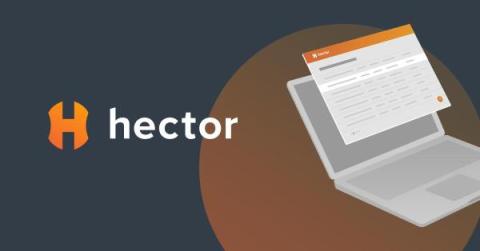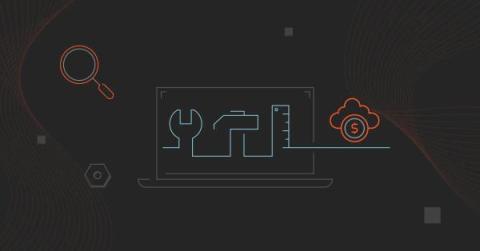C2 ITSM x Hector Collaboration - Optimized Asset Management
At Hector, we are proud to announce an innovative collaboration with C2 ITSM, a Canadian company renowned for its IT service management solutions. This joint initiative aims to transform asset management and IT processes across various sectors such as education, municipalities, and IT enterprises. This collaboration is part of a shared vision: to provide intelligent and integrated solutions that address the current challenges organizations face in inventory management and process automation.











